10 Types of Forces
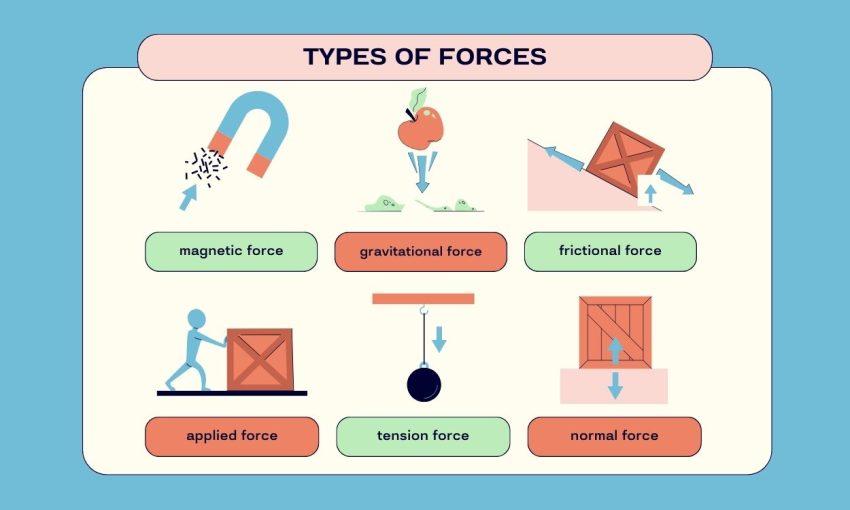
What is a force?
A force is a push or pull on an object. It can make things move, stop, or change direction. For example, types of forces include gravity, friction, and magnetism. Forces are a key part of how everything in the universe interacts.

1. Magnetic force
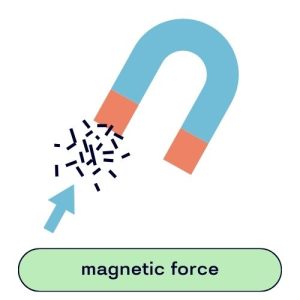
Magnetic force is the attraction or repulsion between magnetic materials. It happens because magnets have two poles, north and south, that attract or repel each other.
This force can act over a distance, meaning magnets can pull or push on each other without touching. For example, a magnet can pick up iron nails because the magnetic force pulls on the iron.
We use magnetic force in everyday objects like compasses and refrigerator magnets. Also, medical devices like magnetic resonance imaging (MRI) rely on magnetic fields for scans.
2. Gravitational force

Gravitational force is the attraction between any two objects that have mass. It’s a universal force. This means it acts between everything in the universe, from stars to apples.
The strength of this force increases with the mass of the objects. But the force also decreases as the distance between them increases.
For example, Earth’s gravity pulls us towards the ground because its mass is huge compared to ours. Additionally, gravitational force keeps the planets in orbit around the sun.
3. Frictional force
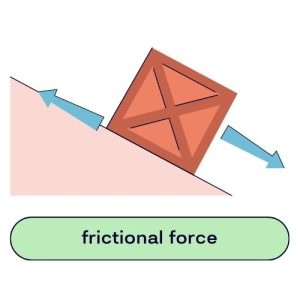
Friction force is the resistance that one object encounters when moving over another. It happens because the surfaces of objects are rough, which causes them to interlock.
When you push a box across the floor, friction between the box and the floor resists its movement. So, you have to apply a force to overcome this friction to move the box.
Friction happens in everyday activities like walking and driving, preventing slipping. It also generates heat in machinery and causes wear and tear.
4. Applied force
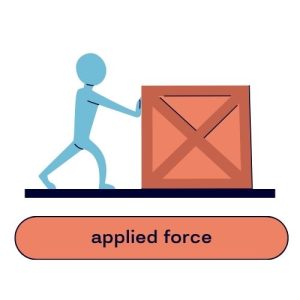
Applied force is the force exerted on an object by another object or person. It’s called “applied” because it needs to be actively put into action, like pushing or pulling.
For example, when you push a shopping cart, you are applying force to move it. Consequently, the cart moves in the direction of the force you apply.
We use applied forces in everyday tasks, from opening doors to lifting objects. These forces come into play for writing, typing, and playing sports.
5. Tensional force

We see tensional force through strings, ropes, and cables when it is pulled tight by forces acting from opposite ends. This force occurs because the material is stretched, trying to resist the pulling.
For example, when you pull on both ends of a rope in a game of tug-of-war, tensional force is what you feel in the rope.
Tensional force is critical in structures like bridges and elevators, which use cables or ropes. This is because it ensures stability and supports loads in these constructions.
6. Normal force

Normal force is the force exerted by a surface to support the weight of an object resting on it. It acts perpendicular to the surface. This is why it’s called “normal” (meaning perpendicular in physics).
For instance, when a book rests on a table, the table exerts an upward normal force on the book. This is because gravity at the same time pulls it down. This force balances the gravitational pull because it prevents the book from falling through the table.
Normal force is a fundamental concept in understanding how objects interact with surfaces they are on. It counters gravity, allowing objects to rest on surfaces stably.
7. Spring Force
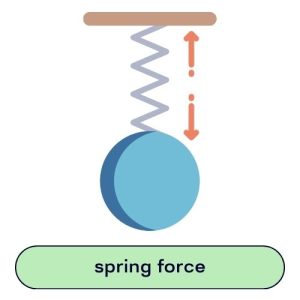
Spring force is the force exerted by a spring when it is compressed or stretched. It works because springs are designed to return to their original shape, creating a push or pull force in the process.
For example, when you press down on a spring toy, it compresses and then releases spring force to bounce back. Consequently, this force is what makes spring-loaded mechanisms like pens and mattresses work.
In physics, spring force follows Hooke’s Law. This law states that the force is proportional to the amount of stretch or compression.
8. Electric Force
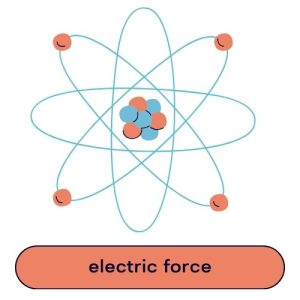
Electric force is the attraction or repulsion between particles due to their electric charges. It occurs because opposite charges attract each other, while like charges repel each other.
For example, when you rub a balloon on your hair, it sticks to the wall. This is because of the electric force between the charged balloon and the wall.
We see this force in various phenomena, from lightning to the functioning of electronic devices. Additionally, electric force is a key principle in the field of electromagnetism.
9. Drag Force

Drag force, also known as air resistance, is the force acting opposite to the relative motion of an object moving through air. It happens because as objects move, they collide with air molecules, creating resistance.
For example, in skydiving, a person falls faster at first. But they slow down as the drag force increases with their speed.
Drag force determines how fast objects can move through the air. Additionally, engineers study drag force in designing vehicles and aircraft to be aerodynamic.
10. Buoyant Force
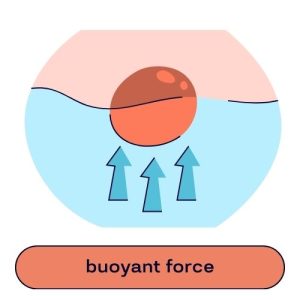
Buoyant force is the upward force exerted by a fluid, like water or air. It opposes the weight of an object immersed in it. It occurs because the pressure at the bottom of the object is greater than the pressure at the top, creating an upward force.
For example, when you float in water, the buoyant force is what keeps you from sinking, because it balances your weight. It’s key in understanding how objects interact with fluids, whether sinking or floating.
Boats, ships, and even swimmers use forces related to buoyancy. Overall, buoyancy enables flotation and balance in water environments.
Force as a vector
Force has both magnitude and direction. Think of force like an arrow. The arrow’s length is the strength of the force – the longer the arrow, the stronger the force.
Similarly, the arrowhead points in the direction the force is acting. For instance, if you push a toy car forward, the arrow would point ahead, showing the direction of your push.
Understanding both the size and direction of the force helps us predict how it will affect an object. In physics, we use it to accurately describe how forces influence the motion of objects.
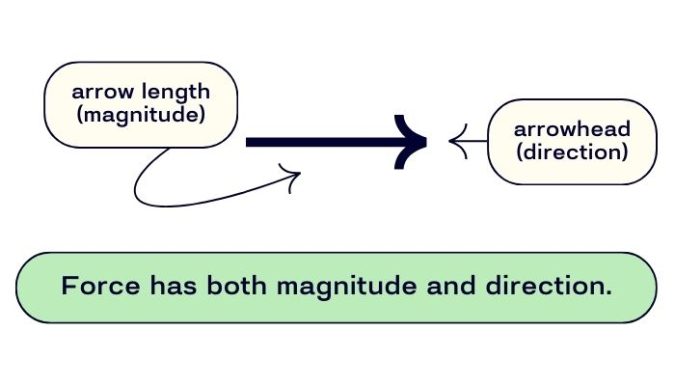
SI units in Physics
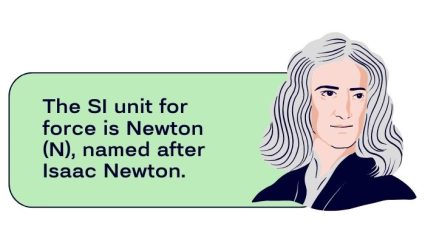
SI units are a standard for measuring different things like length, weight, and temperature. They help everyone use the same measurements, so everyone is on the same page.
When it comes to force, the SI unit is the Newton. Named after Sir Isaac Newton, it measures how much push or pull is acting on something.
For instance, if you push a shopping cart with a force of 10 Newtons, you are applying that amount of push to move the cart. As mentioned before, we also include the direction to describe a vector.
Types of Forces
Forces are essential in understanding how objects move and interact in our world. From the gravity that keeps us grounded to the friction that prevents slipping, each type of force has a unique role in our daily lives. By recognizing these forces, we gain a deeper appreciation for the natural laws that govern our physical world.


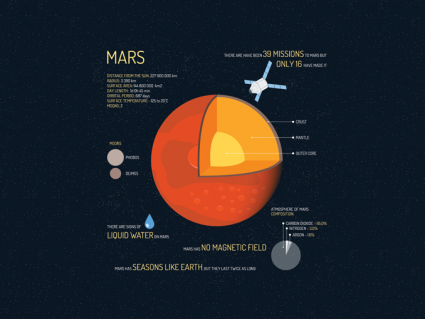
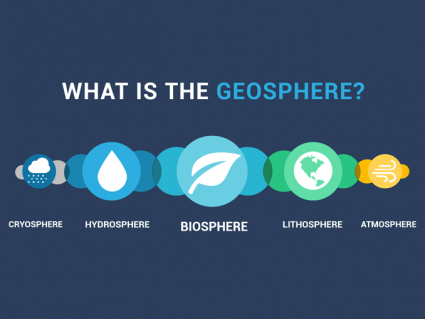
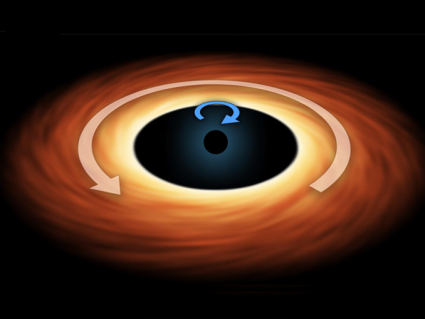

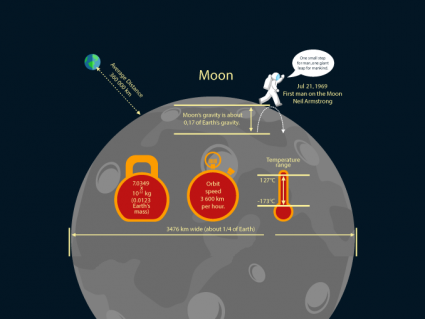


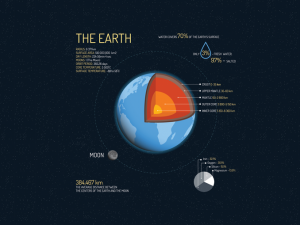
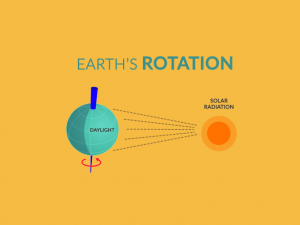
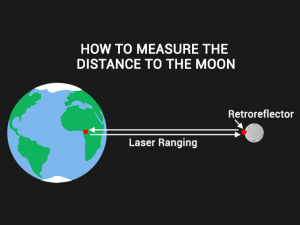
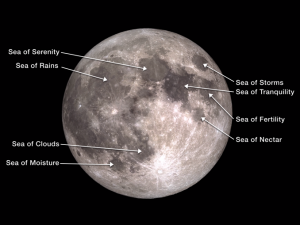
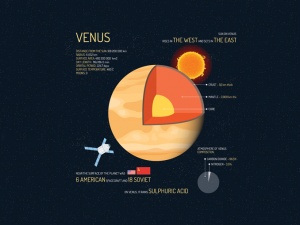
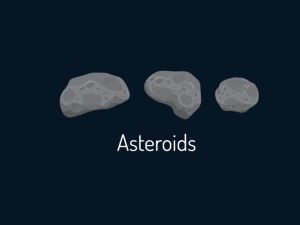
I like the way you explain it
I like your example